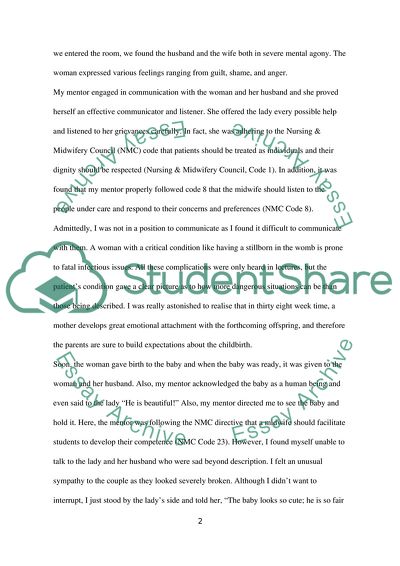Cite this document
(Reflection of a Stillbirth: Clinical Scenario Analysis Research Paper, n.d.)
Reflection of a Stillbirth: Clinical Scenario Analysis Research Paper. Retrieved from https://studentshare.org/nursing/1776322-midwifery-clinical-incident-review
Reflection of a Stillbirth: Clinical Scenario Analysis Research Paper. Retrieved from https://studentshare.org/nursing/1776322-midwifery-clinical-incident-review
(Reflection of a Stillbirth: Clinical Scenario Analysis Research Paper)
Reflection of a Stillbirth: Clinical Scenario Analysis Research Paper. https://studentshare.org/nursing/1776322-midwifery-clinical-incident-review.
Reflection of a Stillbirth: Clinical Scenario Analysis Research Paper. https://studentshare.org/nursing/1776322-midwifery-clinical-incident-review.
“Reflection of a Stillbirth: Clinical Scenario Analysis Research Paper”, n.d. https://studentshare.org/nursing/1776322-midwifery-clinical-incident-review.


